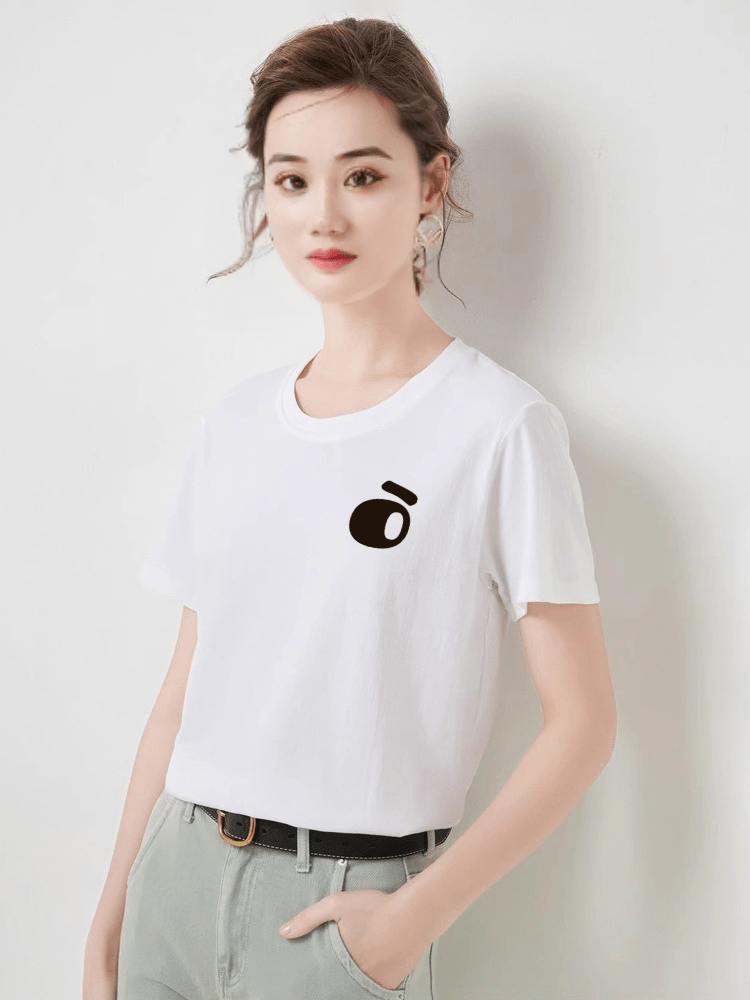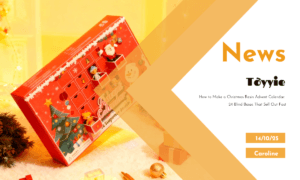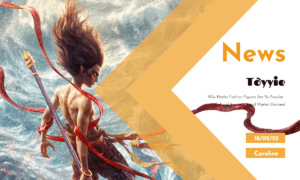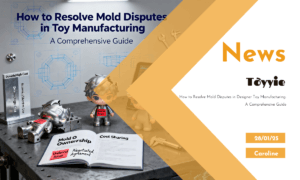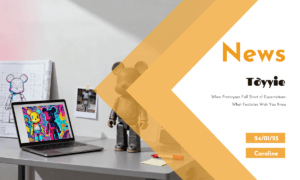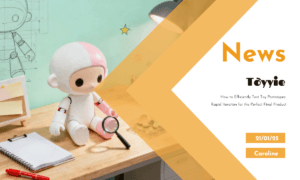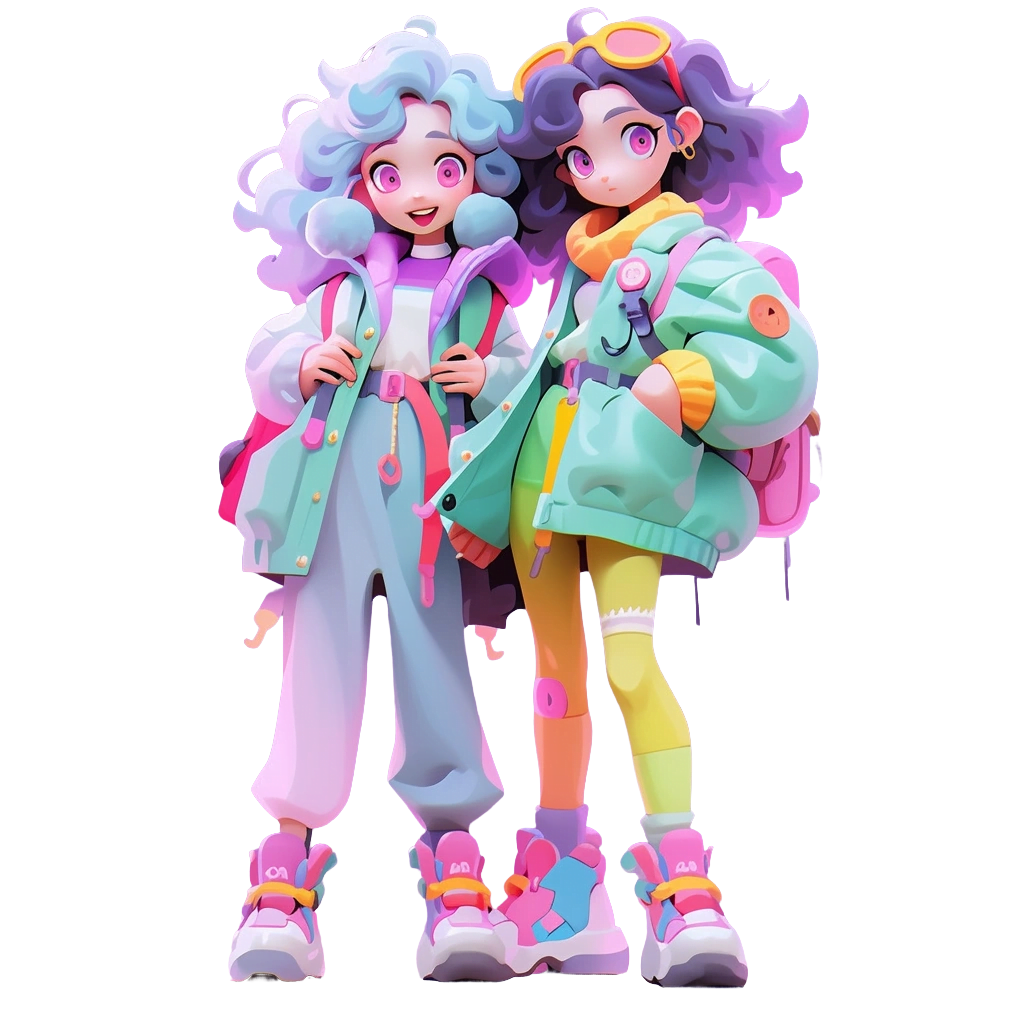📌 Introduction📌
The process of producing designer toys often feels like navigating a maze, with unexpected obstacles lurking at every turn. Trust me, I’ve been through it myself. After working with countless designers and manufacturers, I’ve discovered that even the most exciting projects can falter due to common blind spots—details that are easily overlooked during the creative process.🧠🚫
In this article, I’ll guide you through the primary reasons why problems frequently arise in designer toy production. More importantly, I’ll show you how to avoid these pitfalls. Whether you’re an experienced designer or new to the world of toy manufacturing, this guide will help you identify potential traps and turn your creative vision into reality.🧑🎨💡
Misaligned Expectations Between Designers and Manufacturers 🎨🏭
One of the most common issues in production is the mismatch between what the designer envisions and what the manufacturer can deliver.
Let’s face it: designers focus on creativity and uniqueness, while manufacturers prioritize feasibility and efficiency. Designers often create intricate shapes, vibrant colors, and special material effects, but not all visually stunning designs are easy to produce.🎨✨
How to Solve It:
Understand Production Limitations:
Communicate with the manufacturer early to understand their equipment and material constraints. Every factory has different capabilities. For example, some specialize in injection molding but may struggle with detailed painting. If your design involves complex coatings or unconventional shapes, ensure the factory has the necessary skills and experience.🤝🔧
Example: If you’ve designed a multi-piece, interlocking toy model, confirm that the factory can handle precise assembly and accommodate the combination of different materials.🧩🔩
Invest in Prototype Testing:
Before mass production, allocate resources for creating prototypes. This step can uncover potential issues and allow for adjustments.🖨️🔧
Choose the Right Prototype Method:
Common methods include 3D printing, CNC machining, and handmade models. If your design involves intricate geometric shapes, high-precision 3D printing can quickly validate details. For tactile or strength testing, CNC prototypes are closer to the final product.🖨️🔧
What to Test:
Dimensional Accuracy:Ensure all parts fit together seamlessly, preventing assembly issues during mass production.📏🧩
Functionality:For toys with movable parts or special features (e.g., lighting or sound), test their durability and performance.💡🎵
User Experience:Share prototypes with target audiences (e.g., collectors or toy communities) to gather feedback and identify potential aesthetic or structural issues. 👥📝
Iterate Thoroughly:
Don’t rush to finalize your design. Typically, 2–3 rounds of iterative optimization yield the best results. Retest each version until all issues are resolved.🔄✨
Ask Questions:
Don’t hesitate to discuss feasibility with the manufacturer. Open communication is key to managing expectations.🔄✨
Ask “Can It Be Done?” Questions:
Avoid assuming every part of your design is achievable. For instance, you might ask: “Does this structure need simplification?” or “Is there an alternative material that achieves a similar effect?”🤔📏
Example: For a transparent component, ask: “Would transparent PC material be more durable, or would it increase costs?”💡💲
Ask “Does It Need Adjustment?” Questions:
Instead of letting the manufacturer reject a design outright, inquire about specific adjustments needed. For example: “Will this shape complicate demolding?” or “Would increasing the wall thickness be better for injection molding?”🔧💭
Ask “How to Optimize?” Questions:
Manufacturers have valuable production experience. Ask: “Is there a more efficient way to achieve this design?” or “For mass production, can the process be simplified to reduce costs?”💡💰
Overlooking Material and Surface Treatment Choices 🧱✨
Selecting the right materials and surface treatments is not just about aesthetics—it also impacts cost, durability, and production time. I’ve seen projects delayed or over-budget due to inappropriate material choices.💸📊
Common Mistakes:
Choosing rare or overly expensive materials, making procurement difficult.💎💰
Ignoring the production impact of surface treatments (e.g., matte vs. glossy finishes).🎨✨
Overlooking material compatibility, leading to structural problems in the final product.🔧⚠️
How to Solve It:
Collaborate with the manufacturer to select materials that align with your design vision and budget.🤝📊
Request surface treatment samples to understand the final product’s look and feel in advance. 🎨📦
Consider the end user: Is your toy meant for children to play with or adults to collect? The intended use affects material choices.👶🧑🎨
Poor Communication During Production 📞🚫
Miscommunication is one of the most common causes of production issues. I’ve witnessed many projects derail because designers assumed manufacturers understood their needs, and manufacturers assumed designers grasped production limitations.🗣️🤷♂️
Signs of Miscommunication:
Chaotic schedules or missed deadlines.📅❌
Samples or final products that don’t match expectations.🧩💔
Frustrations or misunderstandings during revisions.🤬💬
How to Solve It:
Provide Clear Design Documentation:
The more detailed, the better. Include dimensions, materials, colors, and surface treatments.📄📏
Regular Check-Ins:
Schedule reviews at key production stages to catch and address problems early.🔍📅
Use Visual Tools:
Sketches, renderings, and mood boards can significantly reduce misunderstandings.🎨📊
Neglecting Quality Control 🔍🚨
Ignoring quality control can lead to disastrous results. After investing time and money, discovering defects or inconsistencies in the final product is incredibly frustrating.
Common Quality Issues:
Uneven painting.🎨🙅♂️
Deformed or irregular parts.🧩🚫
Loose seams or fragile components.🔧⚠️
How to Solve It:
Conduct multi-level quality checks: Inspect prototypes, pre-production samples, and random units from the final batch.🔍🧪
Invest in third-party inspections for large-scale projects to ensure unbiased evaluations.🧑🔧🔍
Maintain detailed quality standards documentation for manufacturers to follow.📄📊
Underestimating Production Time ⏳⚠️
Underestimating production time often results in missed release dates and disappointed customers. Many designers fail to account for delays caused by holidays, material shortages, or shipping issues.📅💔
How to Solve It:
Build buffer time into your schedule to handle unexpected delays.⌛📅
Finalize designs and materials early to avoid last-minute changes.🎨🔧
Clearly communicate your deadline to the manufacturer and collaboratively create a realistic production timeline.🗓️🤝
Overlooking Hidden Costs 💸🚫
Budget overruns are another frequent pain point. A seemingly straightforward project can quickly become unaffordable if extra costs aren’t anticipated.💰❌
Hidden Costs to Watch For:
Mold creation fees for complex designs.🔧💲
Custom packaging or branding expenses.📦✨
Shipping, taxes, and import/export fees.🚢💵
How to Solve It:
Request a detailed cost breakdown from the manufacturer before production begins.📊📄
Reserve contingency funds for unexpected expenses.💰📈
Simplify designs or reduce SKUs to manage costs.🎨💡
Ignoring User Feedback 🧑🎨📝
Finally, ignoring user feedback can result in a product that fails to resonate with your target audience. While not strictly a production issue, it becomes glaringly obvious when inventory doesn’t move.
How to Solve It:
Test early designs through surveys or focus groups.📊👥
Pay attention to reviews and feedback on previous products.📝📊
Adjust designs based on your target audience’s needs.🎨📈
Conclusion: Turning Problems Into Opportunities 🧩💡
Problems in production are inevitable but not insurmountable. By addressing these blind spots and fostering strong partnerships with manufacturers, you can avoid common pitfalls in designer toy production.🤝✨
Remember, every obstacle is an opportunity to improve your process and product. Whether it’s better communication, smarter material choices, or tighter quality control, each step brings you closer to creating a toy that delights your audience and stands out in the market.🌟🎉
If you’re facing production challenges or need advice for your next project, feel free to reach out. Let’s work together to bring your creative vision to life—without fear of the hurdles!🧩🚀

